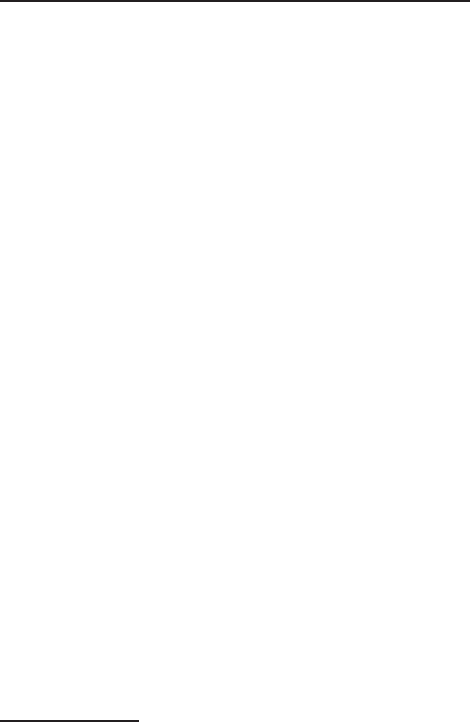
SEQUENCERS and PATTERN GENERATION
A Sequencer is used to generate reoccurring rhythmic patterns,
often by triggering sequences of notes in synthesizers or drum
machines. However sequencers can be used for purposes other
than triggering notes - they can be set up to create reoccurring
changes of timbre as well. Vintage sequencers were typically
designed so there were a certain number of “steps”. The term
“step” refers to the individual components of a pattern. For
instance in a bar of music in 4/4 you have four quarter notes. If
the rhythmic activity is no more complicated than quarter notes,
this would correspond to four steps. In many vintage or analog
sequencers, a sequencer typically had eight or sixteen steps
available to build a pattern.
In its simplest form, as a sequencer plays back its steps, each
step can be programmed to send a trigger signal - or not - a step
can be passed over like a musical rest. The trigger signals can then
be used to trigger envelope generators according to the way each
step is programmed - creating a rhythmically reoccurring pattern.
The Bass MuRF’s Animation contains 8 simple sequencers,
one for each lter, each capable of triggering an Envelope
Generator that shapes the volume of the lter.
ANIMATION
The Bass MuRF’s ANIMATION module is designed as a
means of automatically turning the levels of the individual lters
up and down, using envelope generators, according to a pre-
programmed pattern. The ENVELOPE control morphs through
different envelope shapes as you turn it, creating effects that are
highly rhythmic in nature, or are swirling and ethereal. The RATE
control sets the speed of the pattern. The patterns, selected by the
PATTERN selector rotary switch in conjunction with the Bank
slider switch, have been selected to provide a surprisingly wide
variety of rhythmic timbral effects. There are a total of 24 patterns,


















